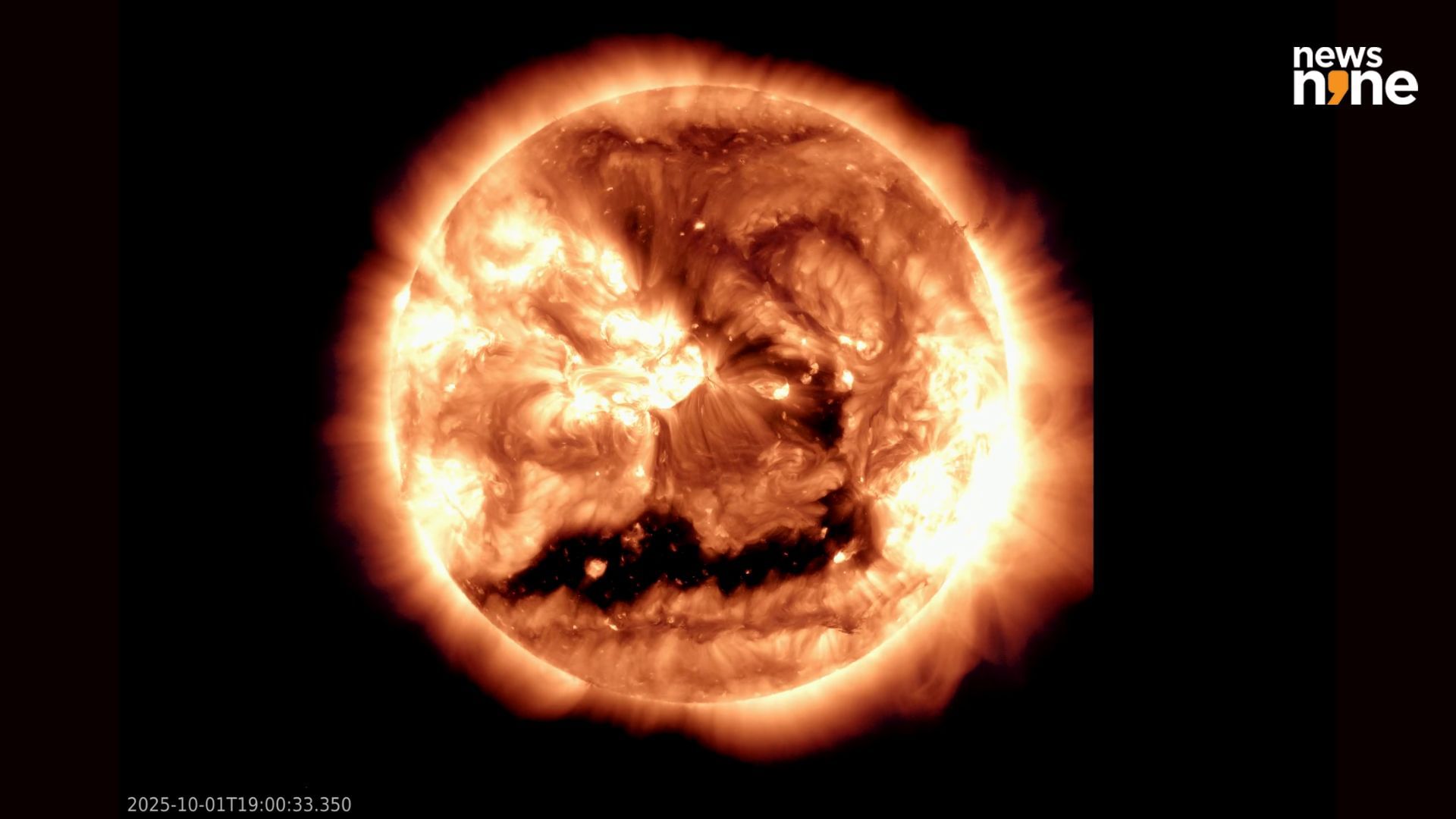New Delhi: A high speed stream from a pair of coronal holes aimed straight at the Earth has induced strong or major geomagnetic storming at the Earth. Both the equatorial coronal holes have positive polarity, with minor to moderate storming forecasted to continue till 05 October. The Solar Influences Data Analysis Centre (SIDC) operated by the Royal Observatory of Belgium has designated the two coronal holes as SIDC Coronal Holes 128 and 123. The Space Weather Prediction Centre (SWPC) operated by the US National Oceanic and Atmospheric Administration (NOAA) issued an alert for the geomagnetic storm, noting ‘Geomagnetic storms reaching the G3 level occurred.’
According to the latest forecast by the SIDC, “Mostly active to minor storm conditions (NOAA Kp 4 to 5), with possible isolated moderate storm intervals (NOAA Kp 6), are expected over the next 24 hours, under the ongoing influence of the high-speed stream from SIDC Coronal Holes 128 and 123, with a small chance for the arrival of a glancing blow associated with SIDC CME 565 that lifted off at 09:45 on September 30.” According to the forecast by the SWPC, “Current conditions are expected to continue through 05 Oct. G1 (Minor) storming levels will likely be the dominant category but cannot rule out an isolated G3 (Strong).”
What caused the storming
Geomagnetic storming is caused at the Earth because of disturbances from charged particles from the Sun. Filament eruptions can violently propel clouds of plasma from the Sun through interplanetary space, that move rapidly and interact chaotically. A CME observed on September 30 is on the way to the Earth, and may strike a glancing blow in the days ahead. The coronal hole high speed streams (CH HSS) are not as violent or chaotic as CMEs, but can still cause geomagnetic storming. The charged particles in the stream are launched by dark regions on the disk of the Sun where all the magnetic field lines are aligned outwards, launching the plasma through interplanetary space.
